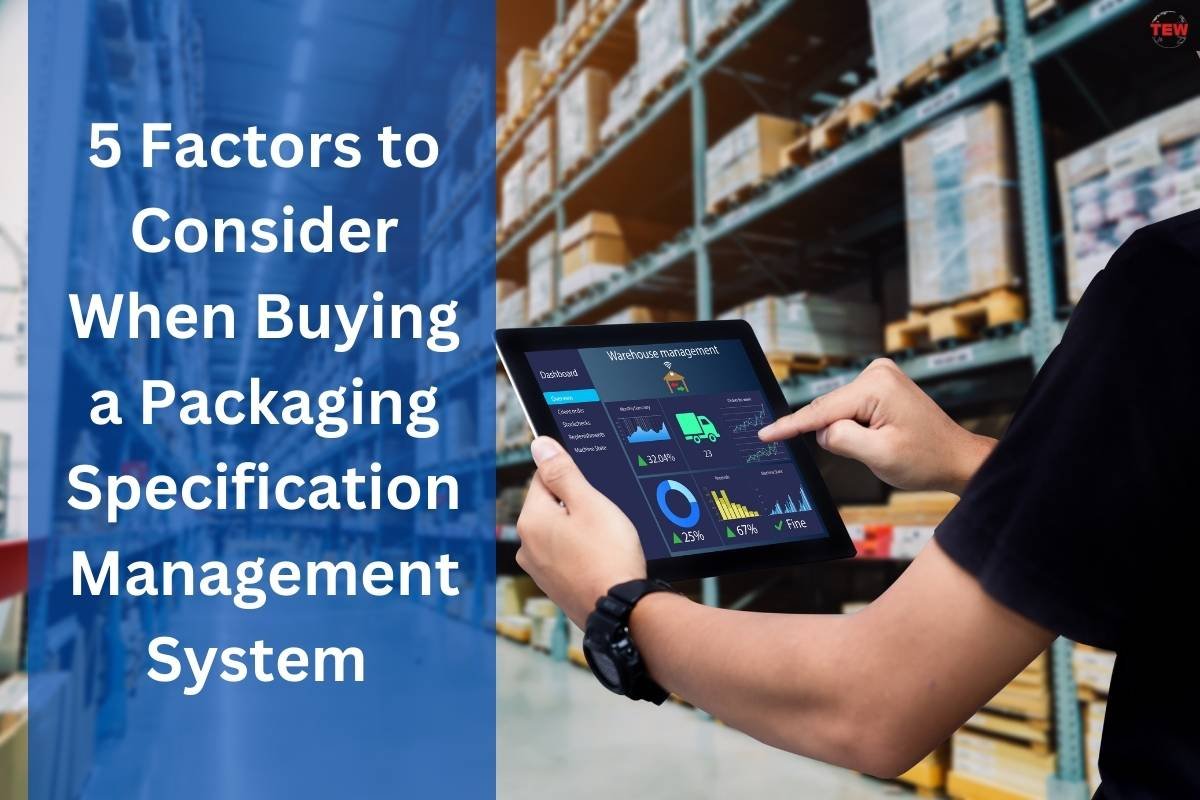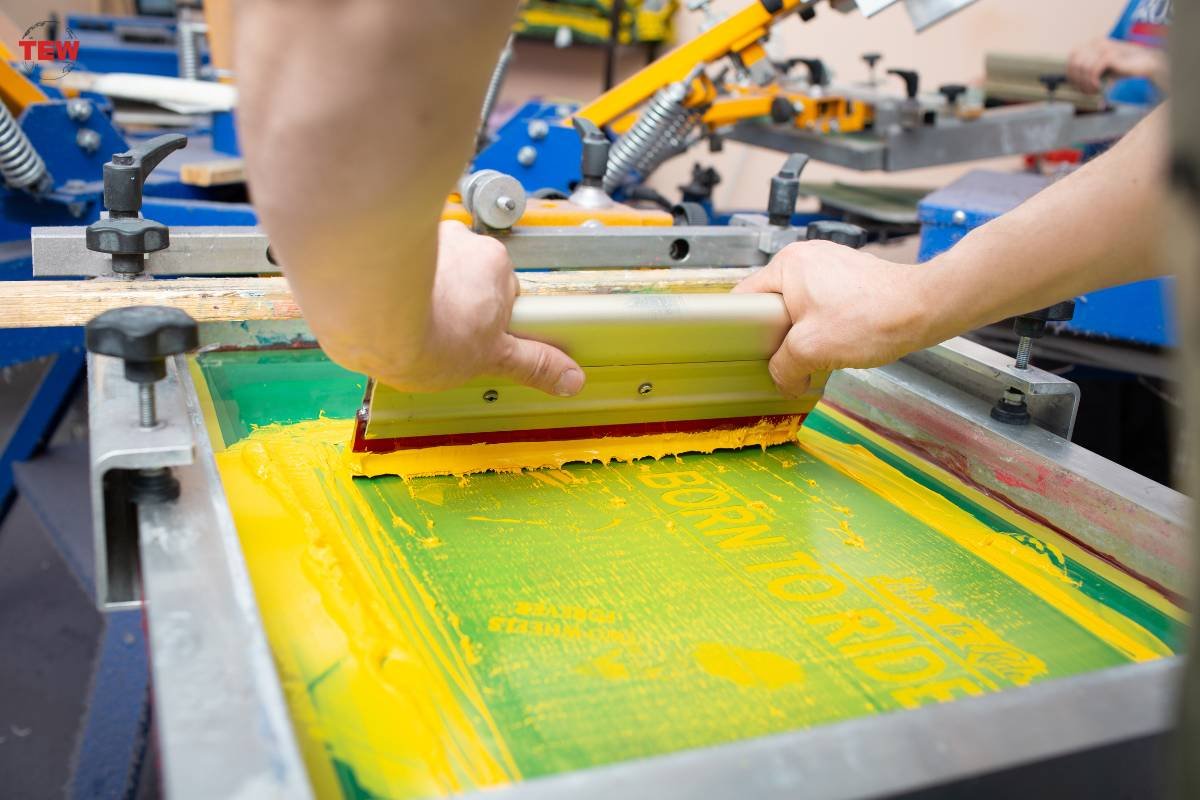Accurate spec data for crafting tailored packages for different products is essential. While handling this data may seem easy, it can be a challenging task to manage it well as these specifications are generated and collected by different departments in the supply chain.
To avoid potential loopholes in handling critical packaging specification data at all stages of production, streamlining the process with the right packaging specification management software solution is essential. But how do you know which software will be best for your organization?
Packaging teams rely heavily on manual systems, spreadsheets, and shared drives to access the necessary specification information, and if not maintained well, this manual management approach can result in errors, rework for teams, inconsistent workflows across departments, and costly production delays. For companies operating in strict compliance with government regulations, this mismanagement can lead to hefty fines and severe legal repercussions.
Here are 5 important factors to look at when investing in packaging specification management software:
1. Ease of Use
A good packaging specification management software comes with user-friendliness and flexibility of functions. If the software you choose is not easy to use, you will lose out on many productive minutes or hours just trying to wrap your head around the system.

Your specification management system must align with your business needs to effectively streamline your operations and increase the efficiency of simple tasks. Additionally, the software you choose should not only be easy to use but should also allow you to store and manage related content like drawings and other reference materials that employees in different departments can access instantly.
2. Integration Capabilities
Packaging specification management software may not be very effective when used alone. Therefore, opting for a system that can seamlessly integrate with other software programs in your organization is critical to achieving maximum operational efficiency.
To quote an example, an enterprise resource planning (ERP) system is a commonly used piece of software. It helps manage various day-to-day business operations, and when combined with packaging management software, it can facilitate internal collaboration and project management. This integration can collect organization-wide information and data in minutes, minimizing the workload for packaging engineers, procurement teams, and distributors to manually enter data into systems. The system of record controls inputs for data, such as SKUs and GTINs, and automatically feeds it into other business systems.
3. Legacy Data Migration
When choosing a packaging specification management system, think about how your legacy data will be migrated to the new software. Trusting a vendor with proven experience and expertise to handle a swift and error-free data transfer can help here.

The software that you choose must be able to identify optimal routing workflows, manage metadata from paper-based data management processes, link related documents, organize data using picklists instead of text-based user entries, and default numbering schemes. These capabilities will ensure the data transfer is effortless and time-effective.
4. Document Control for Quick Accessibility
Choose a specification management system with version control capabilities within document control. The version control feature helps track changes in documents, giving you access to the latest version no matter when you work. It allows you to review or restore previous versions quickly without losing data. With multiple revisions, the risk of using outdated files becomes high. However, with version control, you can efficiently track changes, control access, receive reminders for pending updates, view current content, and look at history to generate audit reports.
5. Configurable Security Settings

Your packaging specification management software should come with user access controls. You don’t want unauthorized individuals to access crucial company records and edit any data without permission. Hence, you will need easily customizable security settings in your software. When exploring your options, ensure the software enables close monitoring of content and workflows and sends emails whenever spec data is updated.
Final Thoughts
By investing in packaging specification management software with the aforementioned capabilities, you can seamlessly upgrade your management process without worrying about losing time or crucial company data. A comprehensive packaging spec management system for creating and maintaining spec data will not only simplify your supply chain’s workflows but also help sync data across departments to get everyone on the same page.




